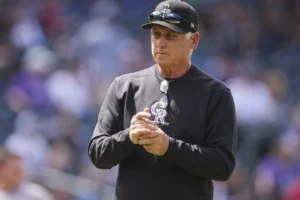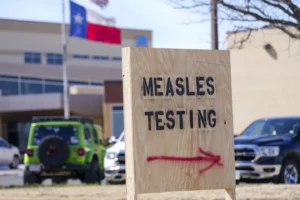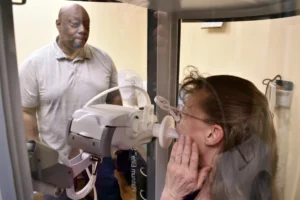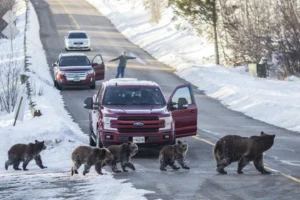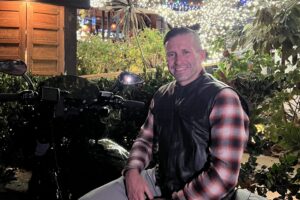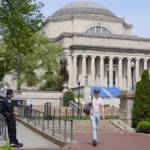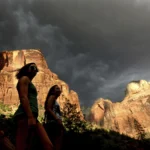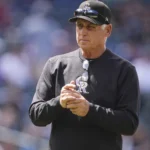FRIDAY FOCUS: Cody Rodeos Span a Lifetime of Culture, Community and Change
Longtime Cody Stampede Board Member Jim Facinelli shares why the small town rodeo is unequaled across the country
- Published In: Other News & Features
- Last Updated: May 26, 2023
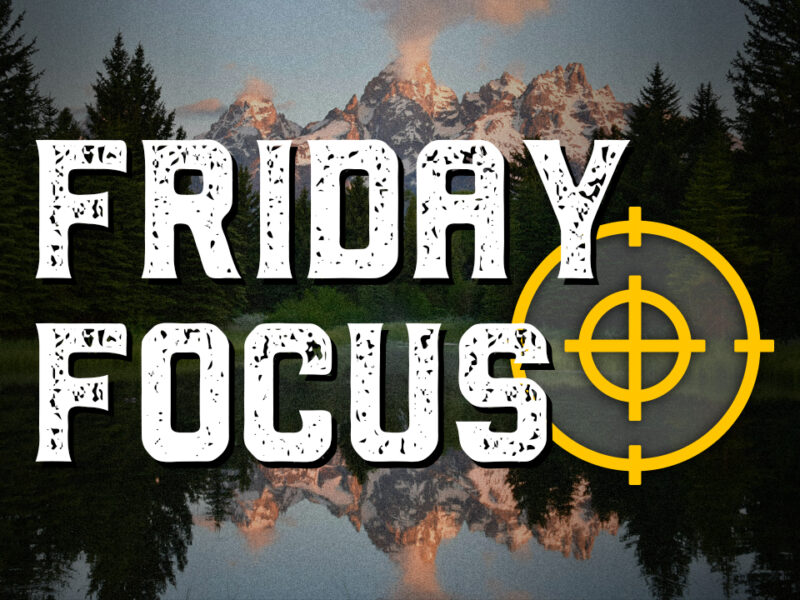
By Bob Wooley
Special to the Wyoming Truth
Jim Facinelli knows a thing or two about Wyoming. Born and raised in Lander nearly 84 years ago, he moved to Cody in 1964 and has called the area home ever since. And for 53 years, he’s served on the Cody Stampede Board of Directors, helping to put on what the town rightly calls “the longest running and only nightly rodeo in the world.”
Born into a ranching family, Facinelli, a retired vocational agriculture instructor, said it wasn’t just the sport of rodeo, but the whole way of rodeo life that appealed to him—and kept him involved. As the Cody Nite Rodeo gears up to open its 85th season on June 1, the Wyoming Truth spoke with Facinelli about its enduring appeal and long-time success. What follows are excerpts from the interview.
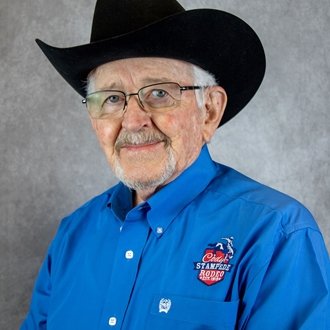
I’ll bet you’ve seen a lot of changes, not only in the Nite Rodeo and Stampede, but in Cody since you moved here 59 years ago.
Facinelli: The town has grown from around 3,200 people when I moved up here to [10,000] now.
What accounts for the continued popularity of both rodeos?
Facinelli: We’re at the east entrance to Yellowstone National Park. And every year we’ll get close to 1.2 million people that come through Cody to go to the park. This year we’re going to have 92 nights of rodeo, starting June 1 and running through September 2 — rodeo every night except for July 1 – 4 when we have the Stampede. This year we’re putting up close to $300,000 in prize money for the Cody Stampede, and it’s one of the largest rodeos in the country over the Fourth of July holiday.
When we had it up on the hill, before moving to our current location in 1975, we used to get around 300 – 400 people per night at the Cody Nite Rodeo. And now we’re probably seeing somewhere around 1,100 people per night. It’s so important to the town, because those people stay overnight and that helps the hotels, restaurants and all of our businesses.
And you have to have a good show — a good announcer, a good clown and good bullfighters. Justin Rumford has been a world champion rodeo clown for the last seven or eight years. He got his start right here in Cody.
What’s the difference between the Nite Rodeo and the Stampede?
Facinelli: The Stampede is open just for the PRCA [Professional Rodeo Cowboys Association] contestants — the boys and gals that are running up and down the road constantly that are members of the PRCA. And you have to go through a system in order to get your PRCA card. The Cody Stampede just caters to the top cowboys.
So there’s a case to be made that the Nite Rodeo is a significant economic driver for the town?
Facinelli: Oh yes. We are. The Nite Rodeo started in 1938, and the Cody Stampede started in 1919. We were inducted into the Pro Rodeo Hall of Fame in 2019, the hundred-year anniversary of the event. We’ve had seven different contractors running the rodeo since I’ve been onboard, most of which lasted three or four years each. But our current contractor — the Mo Better Rodeo Company — this is going to be their nineteenth year. They have done a fantastic job of running the rodeo, and we have brought in more people the last 18 years than we ever did before. It just keeps getting better and better every year.
Aside from its close proximity to Yellowstone National Park, why has Cody become such a draw for tourists?
Facinelli: We have the Buffalo Bill Historical Center. It’s quite a museum. It’s got the Whitney Gallery of Western Art, the Winchester Arms Museum, which not only has Winchester but every make of rifle, pistol and gun you want to think of. There’s the Draper Museum of Natural History. Most people will stay in Cody for two days and go to the Nite Rodeo and [Old] Trail Town.

It seems like the Nite Rodeo is an important resource for cowboys and cowgirls just getting their start.
Facinelli: The Cody Nite Rodeo is where young people learn the business of rodeo — how to ride bareback broncs, saddle broncs, bulls, learn team roping, steer wrestling, calf roping — all of that.
Some of the champions we’ve had like Bill Smith, Dan Mortensen, who was a six-time world champion saddle bronc rider — even Freckles Brown won his first bull riding trophy right here in Cody. He went on and became a world champion bull rider. He’s passed away now but he was here for a long time. He used to come up over that gravel road; he lived in Sunlight Basin, and he rode up with a team and wagon over that mountain to rodeo in Cody. Maybe you’ve heard the song about him riding that bull called Tornado.
For the last five or six years now, we put on a rodeo school in collaboration with the PRCA at the Nite Rodeo. So, this is a training ground for the PRCA. And the Nite Rodeo is where a lot of cowboys and cowgirls got their start, right here in Cody. And the rodeo runs as smooth as any rodeo in the country.
We have a hall of fame here for the cowboys that have rodeoed here at the Nite Rodeo that have gone on to be world champions. And we have their names — over 150 names — on a wall over at the Stampede grounds.
It must be an enormous amount of work to get ready for the Nite Rodeo and Stampede every year.
Facinelli: There are 15 of us on the board of the Cody Stampede, and we are out there really every night for that. And during the Nite Rodeo, there are two of us there every night. During the year, we have to maintain the whole rodeo grounds out there and that takes the whole year.
So you’re still involved in maintaining it all?
Facinelli: Yes. We have to make sure the pens are maintained because bulls will tear a pen up. We prepare the arena, paint everything — the buildings, the fences. You want it to look as nice and clean as possible. So it’s definitely a year-round job. And it’s all volunteer labor. The elements and the winter takes a hell of a toll on everything. Since we moved out there in 1975, we’ve put in close to $4 million in maintaining things, and that’s after starting off with a brand new arena when we opened.
When you get a chance to just be a spectator, what’s your favorite event?
Facinelli: Saddle bronc riding. That’s the classic event. I used to ride bulls and saddle broncs until I was about 20 years old and then I finally got smart and quit! I figured I’d had enough broken bones. But I still ride horses.
What makes the cowboy or cowgirl life such an enduring story for people around the world?
Facinelli: Well, once they get started rodeoing, the camaraderie among rodeo cowboys is great. They help each other. They don’t care who wins. When one wins, they congratulate each other. There’s very few arguments among cowboys. They work, live, travel together — they’re all appreciative of what they’re doing. They love it.
After being involved for 53 years, you still sound excited about the whole thing. What do you think about when you walk into the arena on opening night?
Facinelli: Patriotism. That’s the word I would use. Patriotism. Every time that American flag comes out into the arena, people stand up and they all sing the national anthem. They all put their hands over their hearts. And then after the rodeo, everyone leaves with a smile on their face because they know they’ve seen something fantastic.

